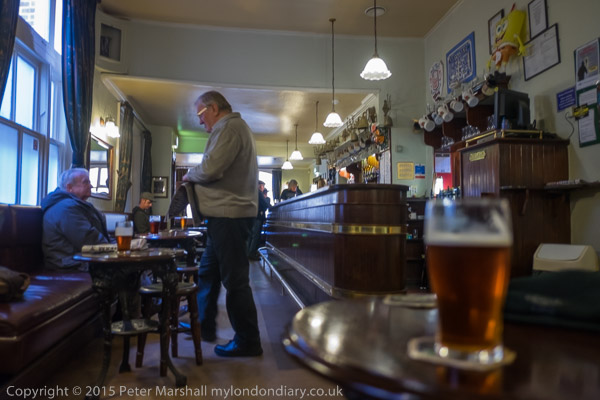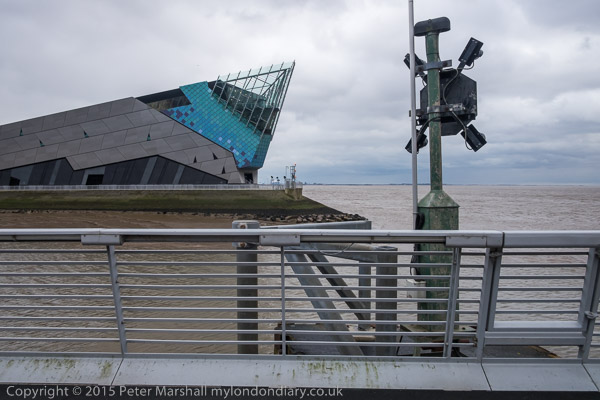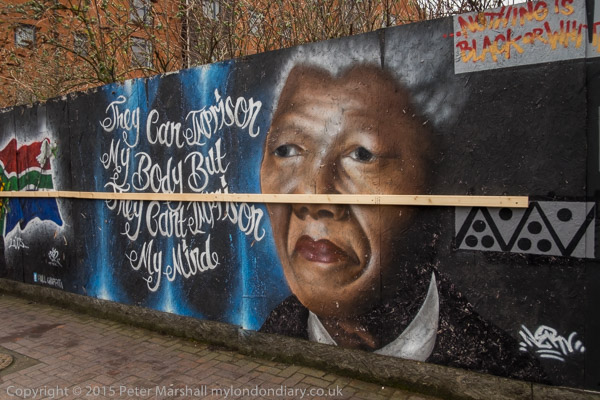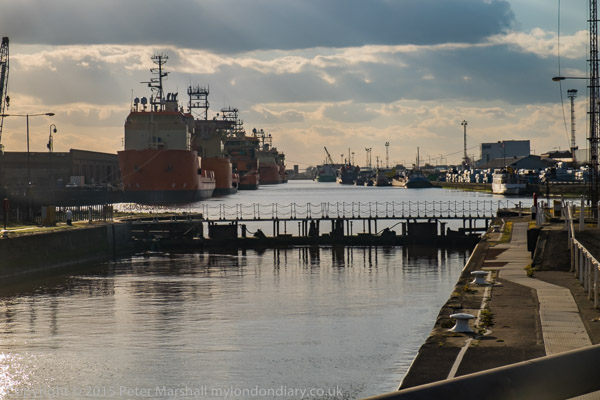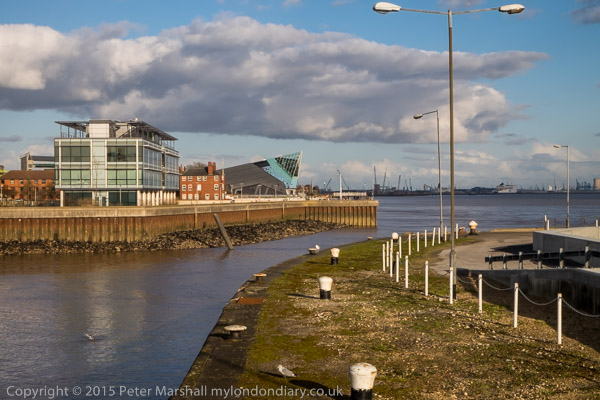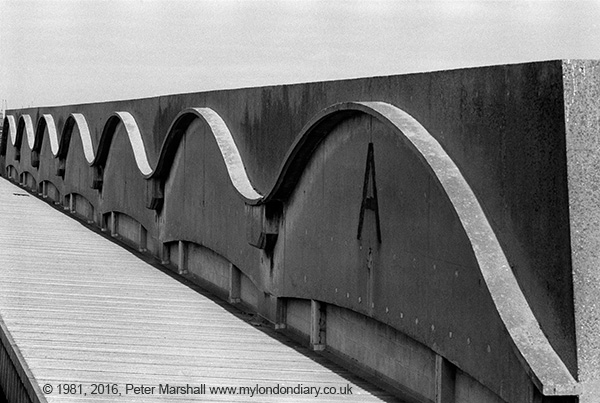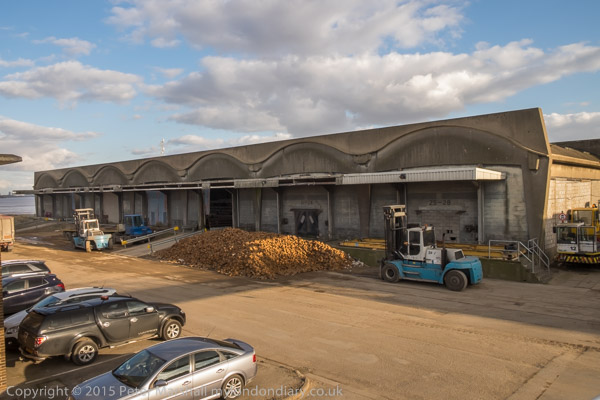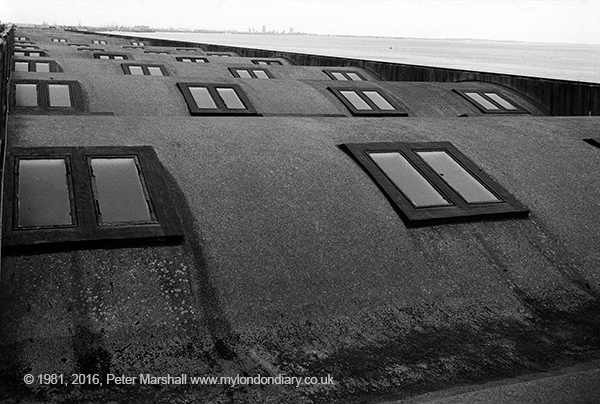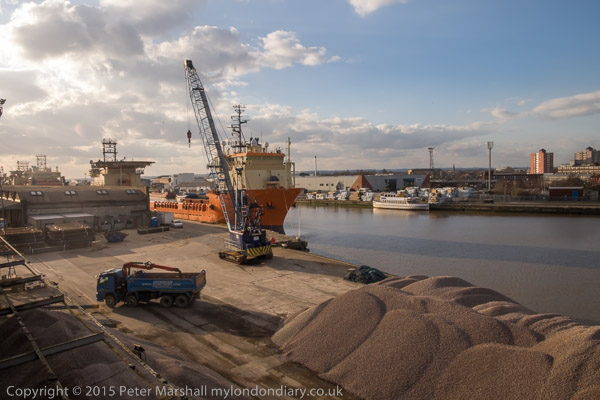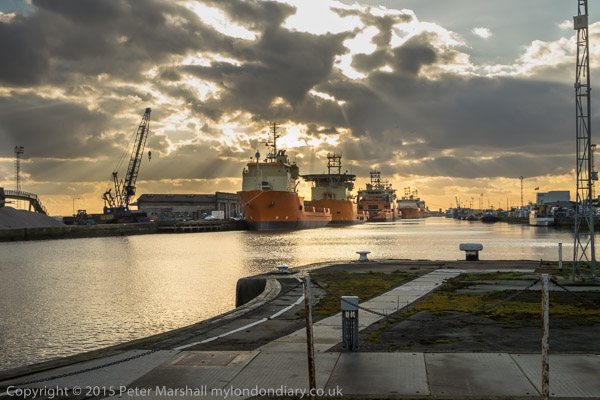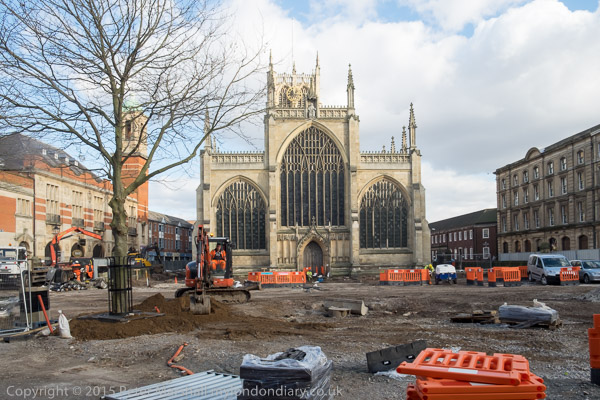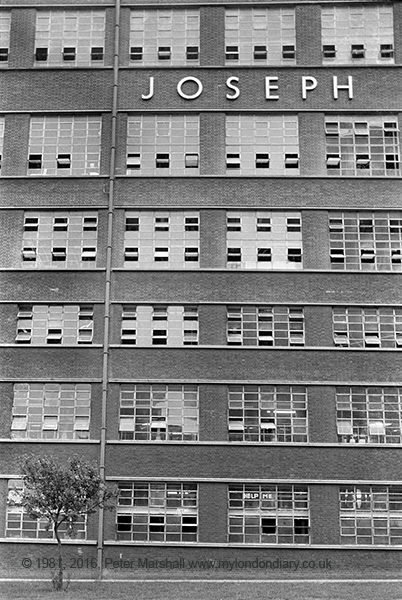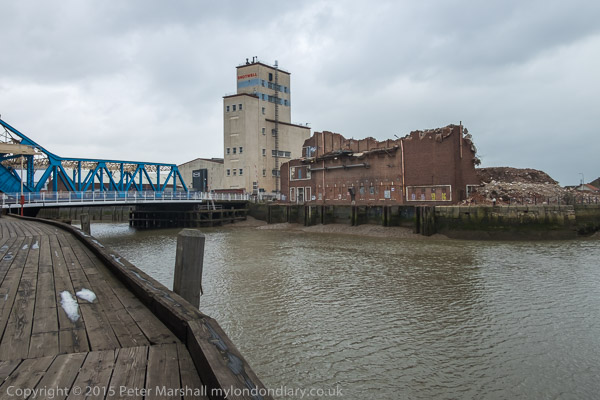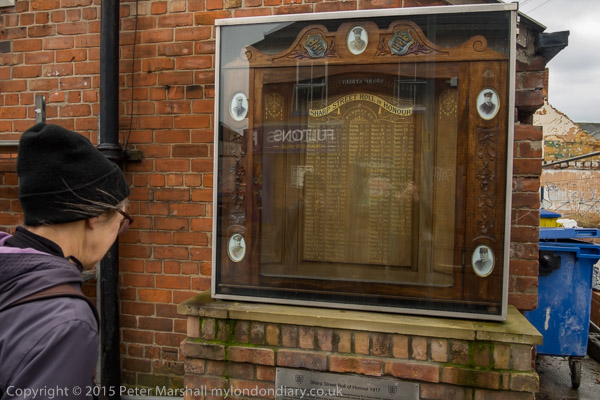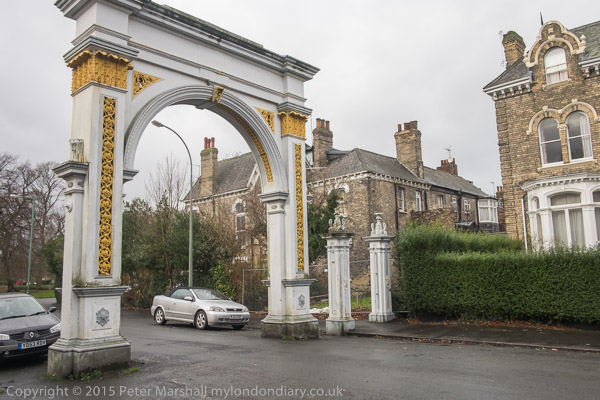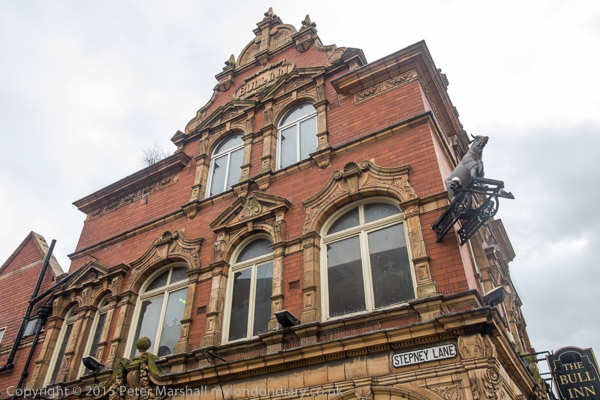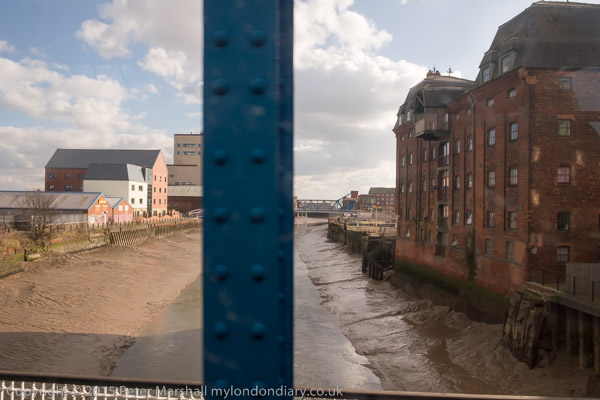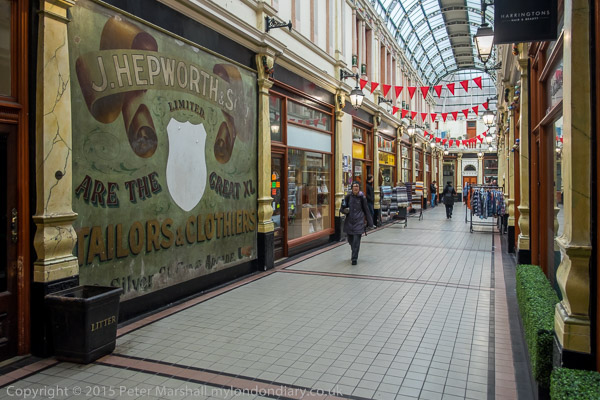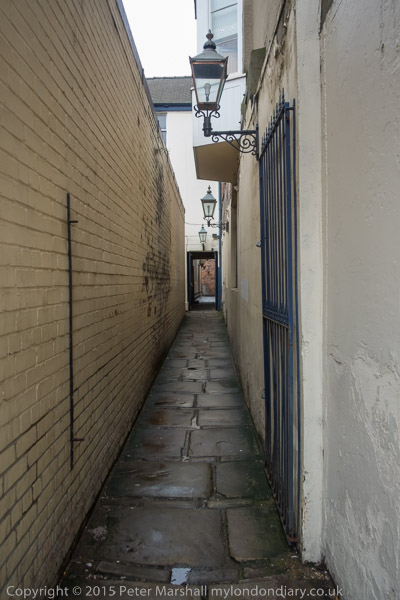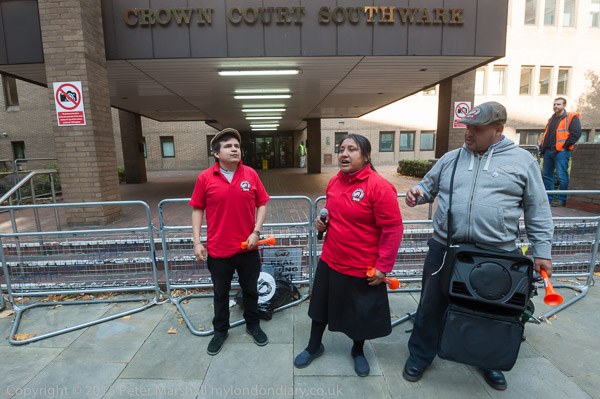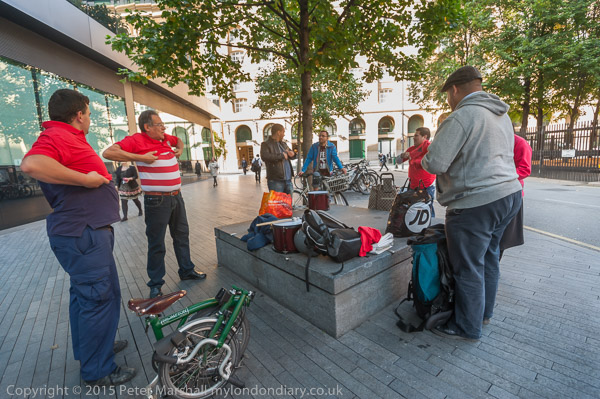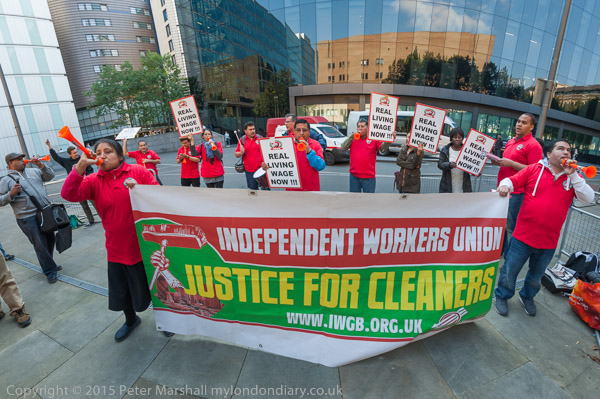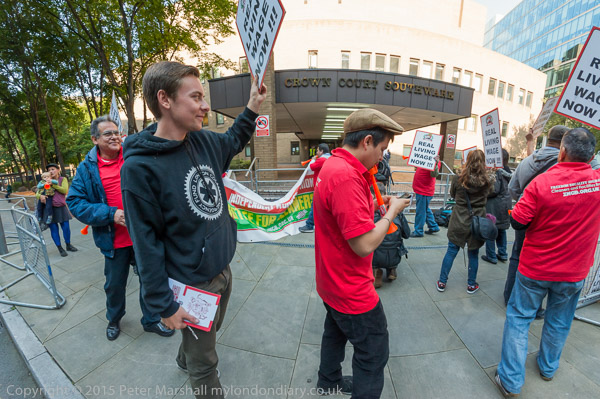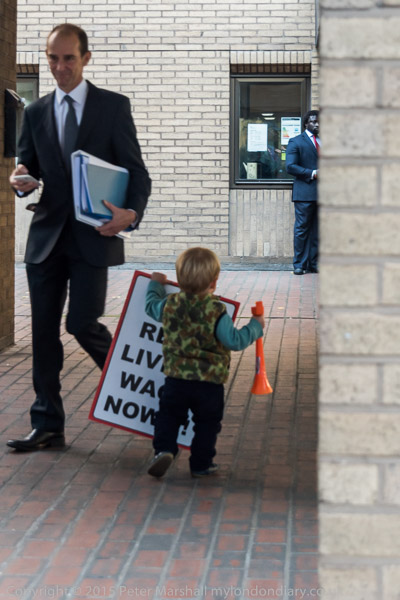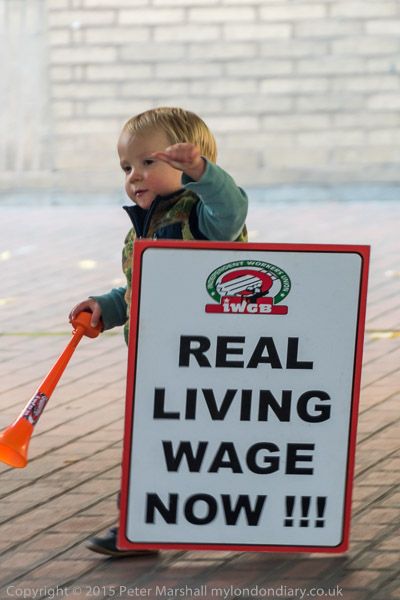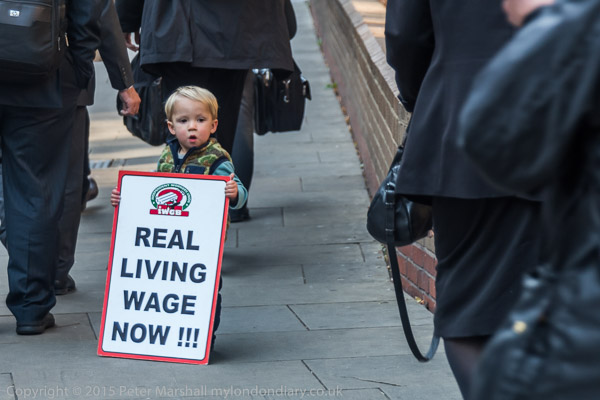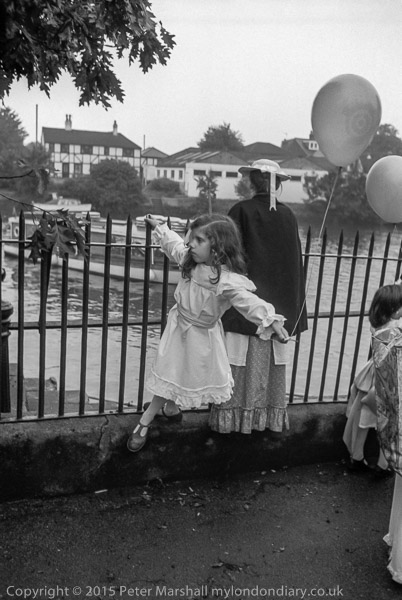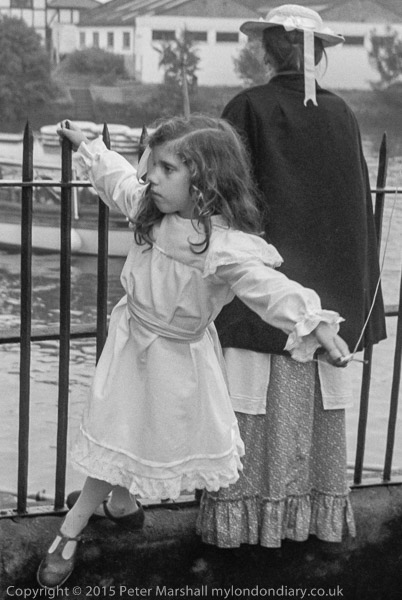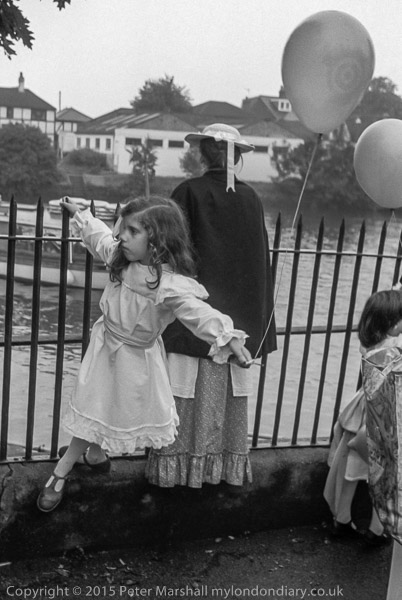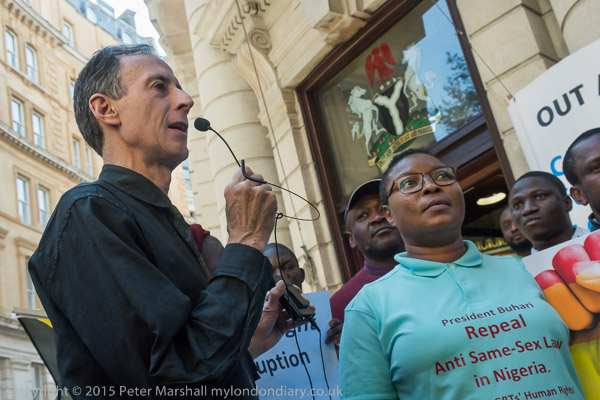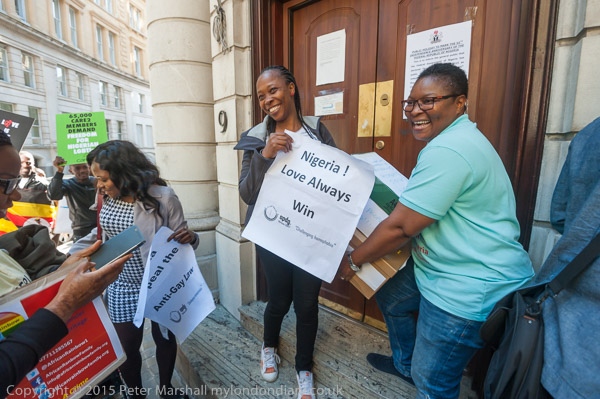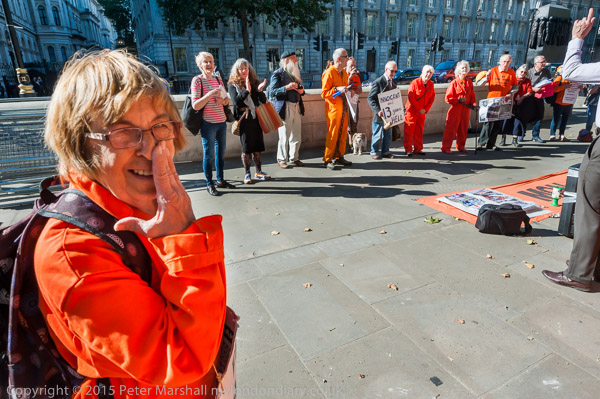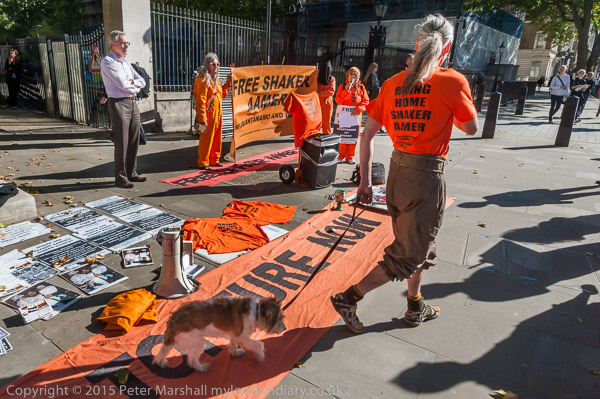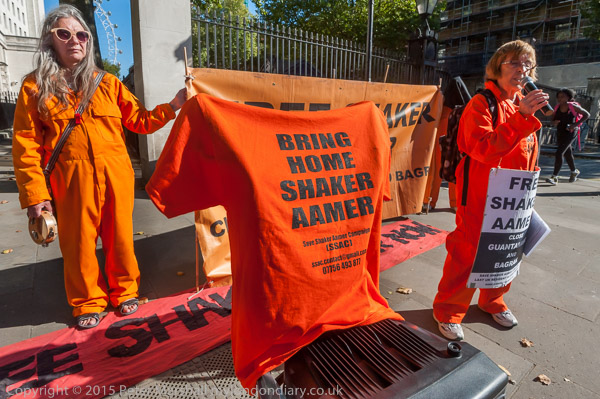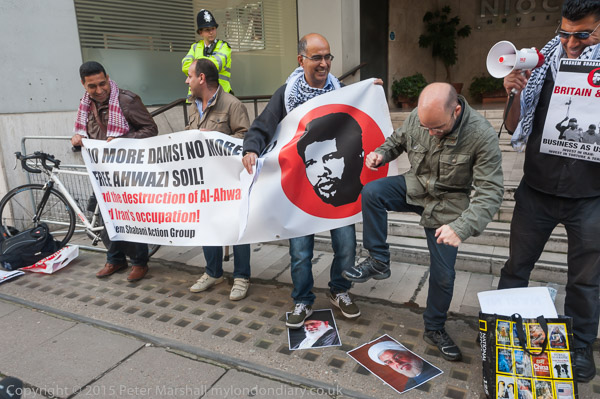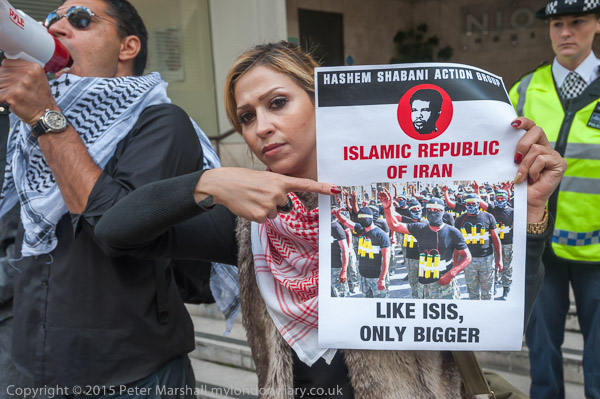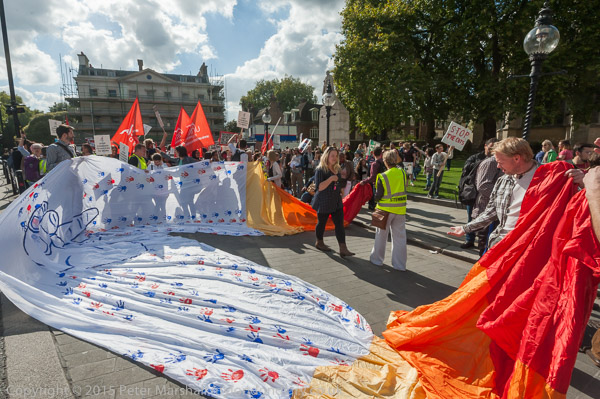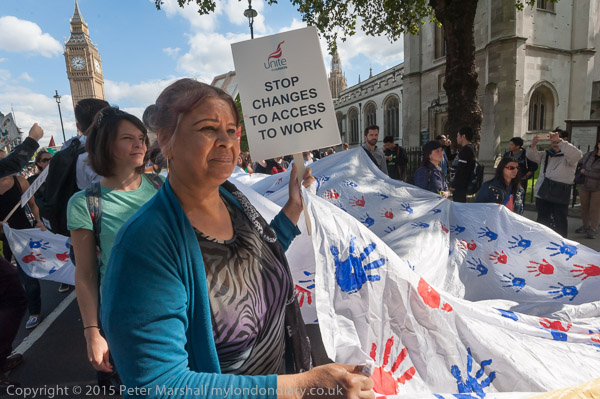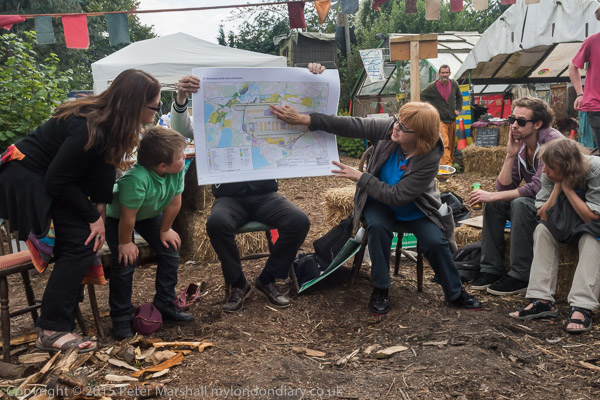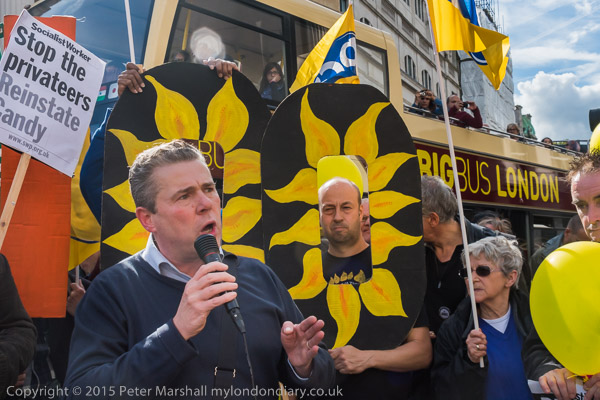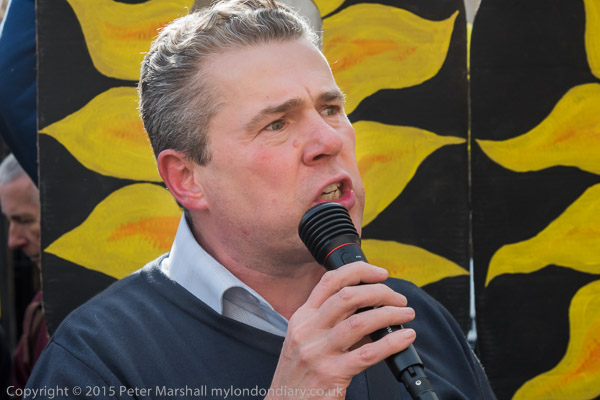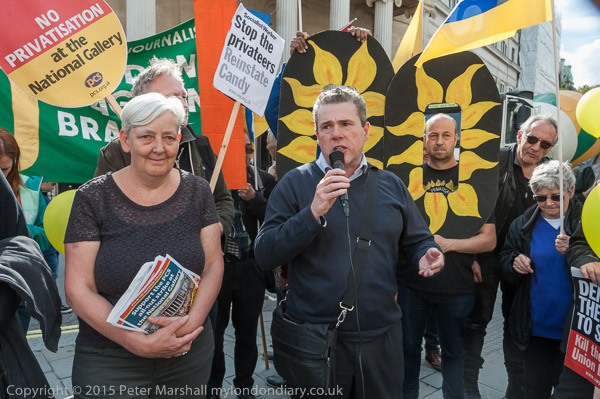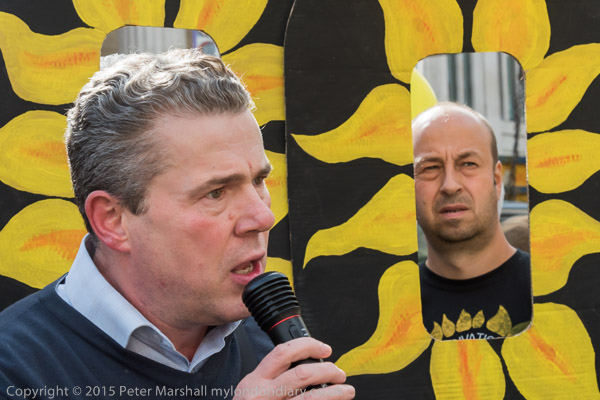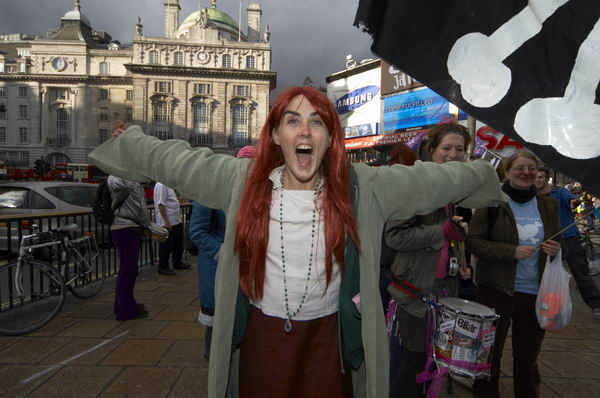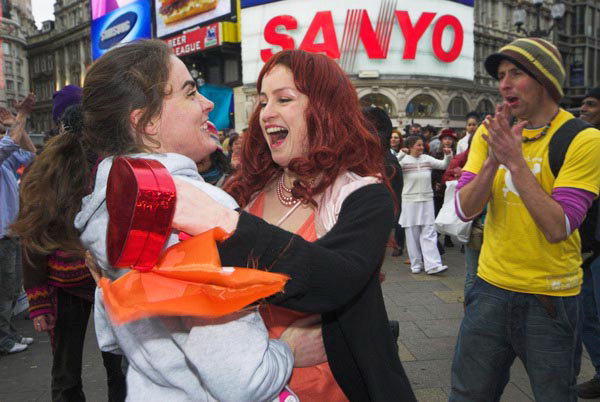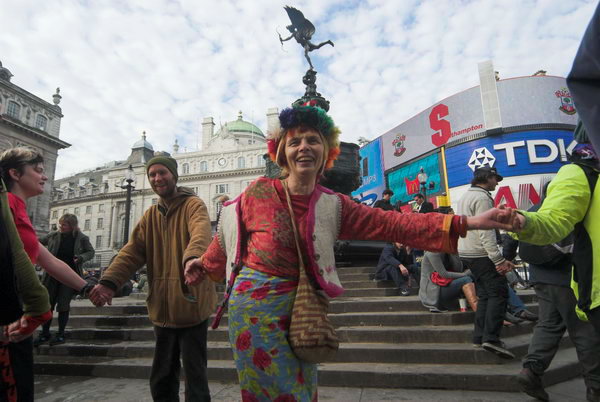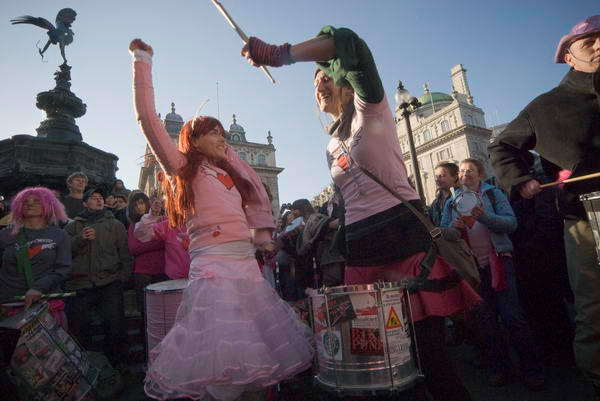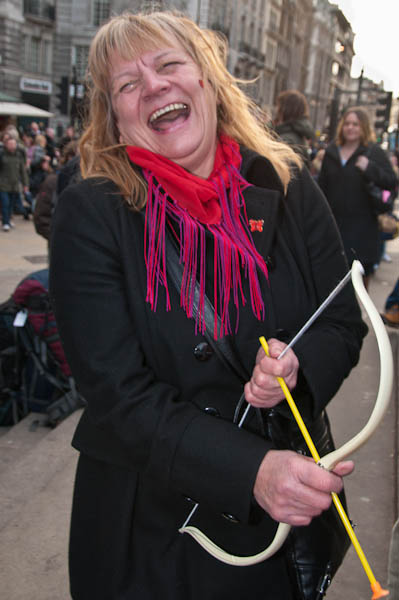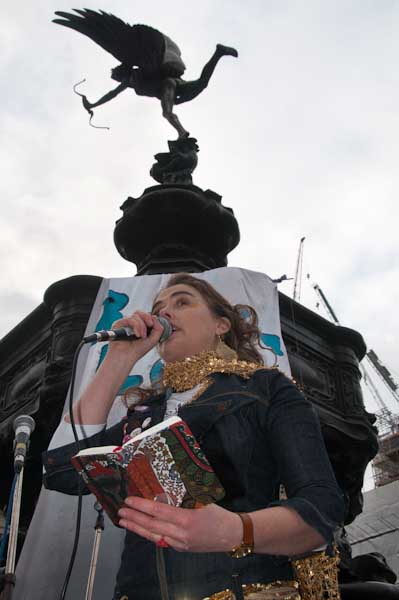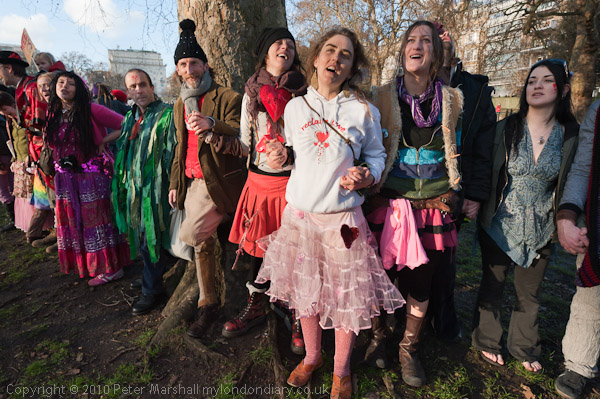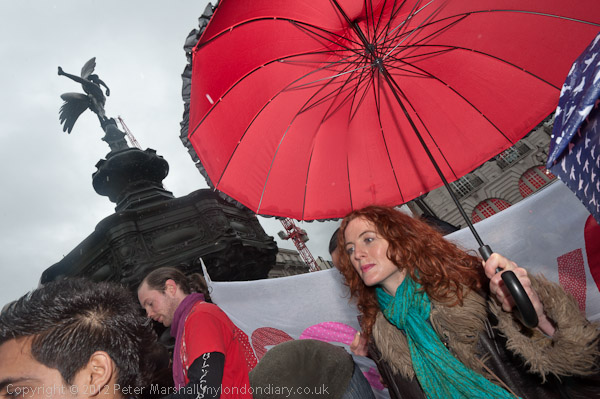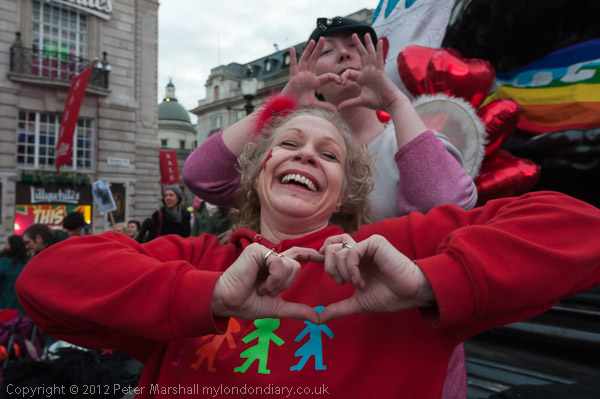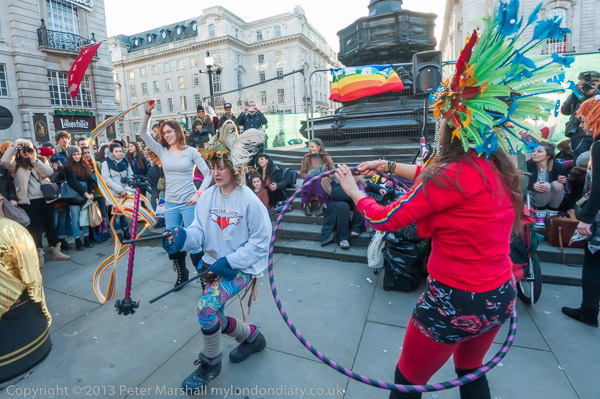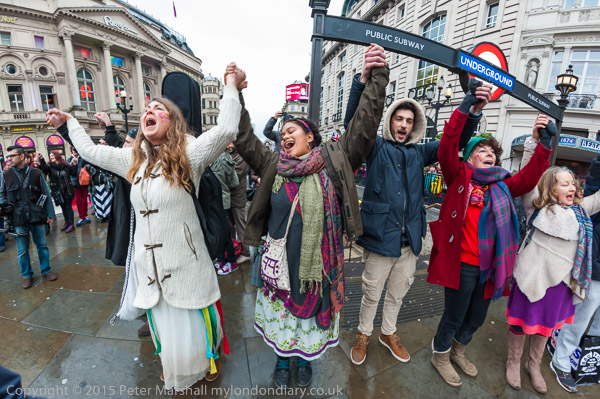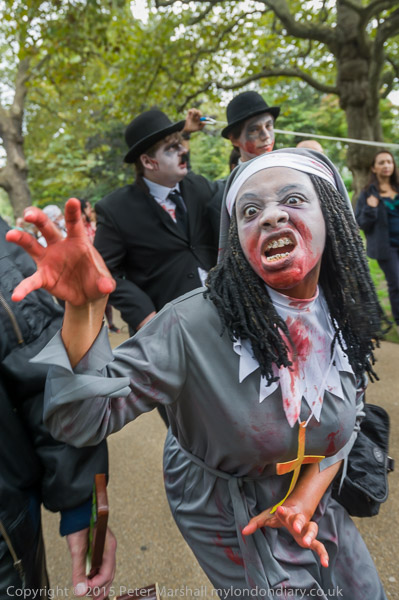
I think I’ve photographed enough zombies. Back when I first came across them it was fun, but now it seems to have lost any freshness – or perhaps I am just getting too old. The first zombie event I photographed was at Halloween in 2006, and was a late afternoon pub-crawl around London’s shopping centre, with the fancy dress zombies being largely ignored by true zombie shoppers on Oxford St (Crawl of the Dead starts well down the page.)
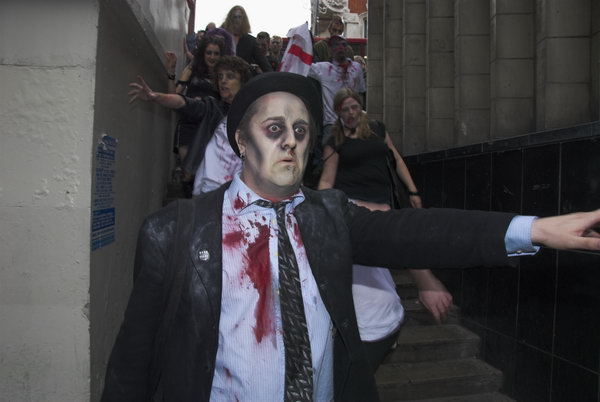
Since then I’ve photographed many more zombie events, including more pub crawls and also several zombie protests including the March of the Corporate Undead and a Halloween protest outside Parliament.
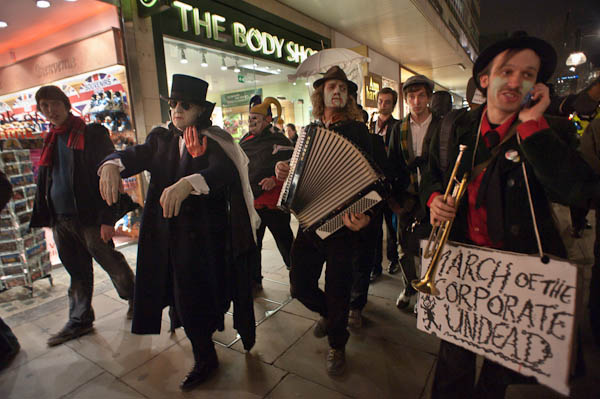
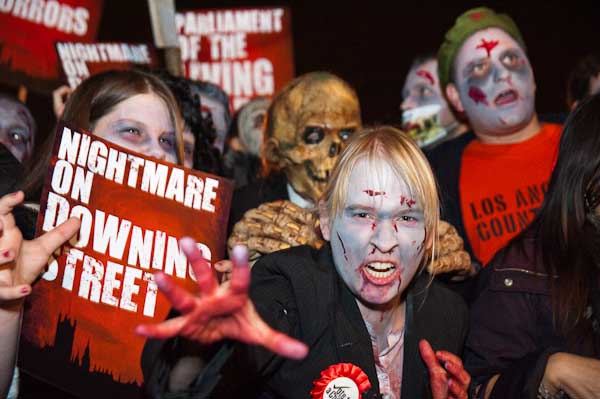
Looking back on them, the main thing that hits me is how much better cameras (and perhaps this photographer too) have got at photographing events in low light, though this year’s zombies were rather cheating in coming out in the early afternoon. And what began as young people having a little seasonal fun was now a charity event, in this case for the very worthwhile charity of St Mungo’s Broadway, a charity which provides the homeless with emergency shelter, housing, healthcare and training. Though it’s a good cause it does mean that the event was rather more organised and lacked the anarchic nature of those early crawls which attracted me.
I won’t promise I’ll never photograph a zombie again, but I won’t be going out of my way to photograph them – and I didn’t on this occasion. I’d come up to London to photograph a couple of rather more serious events, beginning with a No Third Runway rally in Parliament Square.
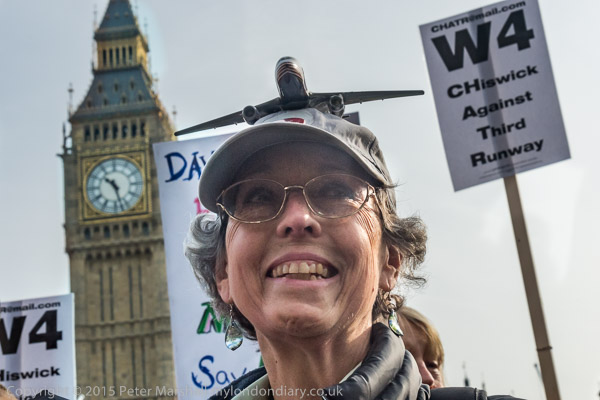
The expansion of Heathrow – as I’ve written here before – would be disastrous for London, where air quality is already cutting our lives short. It’s part of a scenario of increasing air traffic which would be disastrous for climate change across the world too. We need to find sensible ways to cut air traffic, perhaps by ending short-haul flights and imposing a ‘frequent flyer’ tax, as well as removing incentives which encourage flights.
I wasn’t too pleased with the pictures I took at this event, which somehow seemed difficult to work. I had problems too with fill-flash, and the flash circuitry of my Nikon D700 has definitively had it. It’s something of a miracle that the camera is still working at all after now more than 460,000 exposures, more than three times what the shutter is rated for. I’m actually waiting for it to fail so I can declare it beyond economic repair and buy a nice up-to-date replacement. But it wasn’t really that, either me or the event wasn’t really working. Perhaps it was the way everyone was crowded up to the barriers in front of a small press area in front of the stage, or perhaps airport protests attract a different less photogenic type of protester, less happy than most at being photographed!
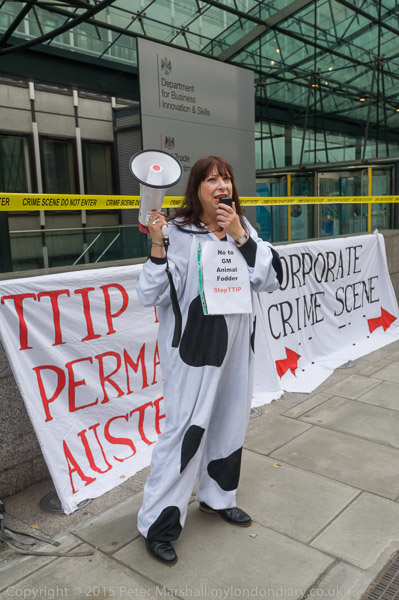
Two minutes away down Victoria St, and I was photographing a cow, or rather a woman in a cow suit at another protest taking place outside the cumbersomely named Department of Business, Innovation and Skills or BIS, against the top secret trade deal which is aimed at giving the major corporations control over our lives. Politicians sometimes accuse campaigners of scaremongering over TTIP, but as we find out more about it, we find it is even more scary than was imagined. Over 3 million people in Europe have signed a petition against it, but so many of our politicians are in corporate pockets that it seems likely to be approved. More at TTIP protest at Business Ministry.
I walked back to Waterloo Station from Westminster, and met the tail end of the zombies as they emerged from Leake St, London’s graffiti HQ under the platforms. I’d known it was taking place, but thought I would have missed it.
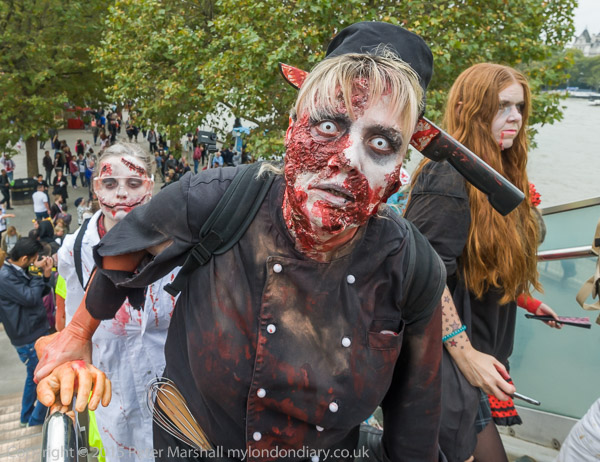
But since I hadn’t I went with them,taking a few pictures as they made their way on the footbridge across the Thames and into Jubilee Gardens.
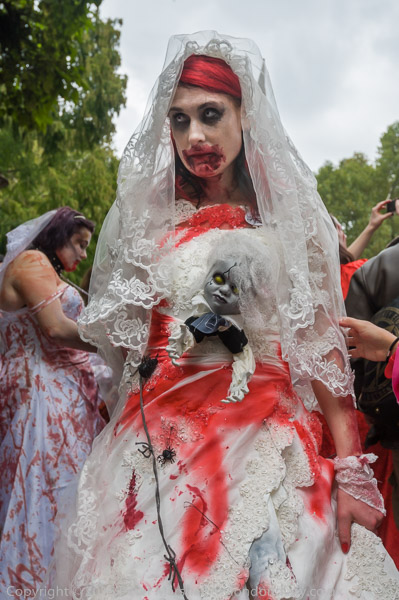
You can see more pictures at Zombies crawl for St Mungo’s, but my heart wasn’t really in it, and as they moved off to continue the crawl around the centre of London I walked away to catch my train.
Continue reading No More Zombies
